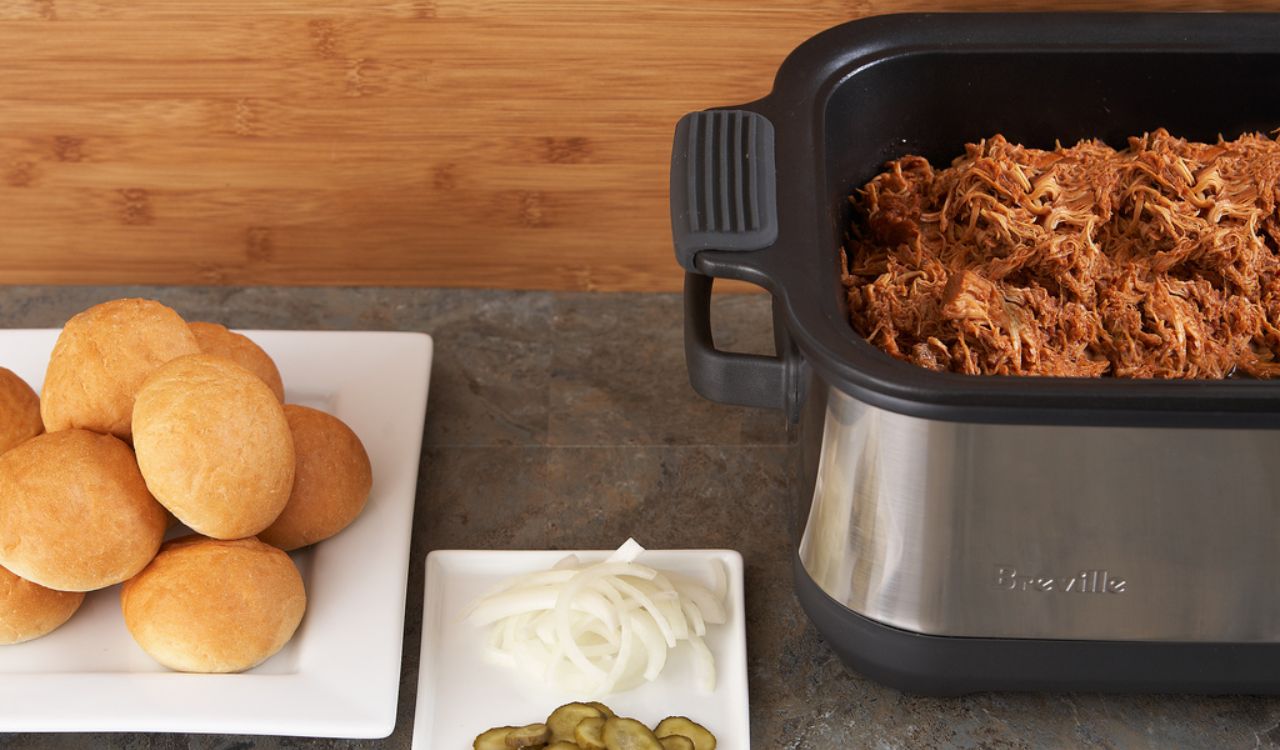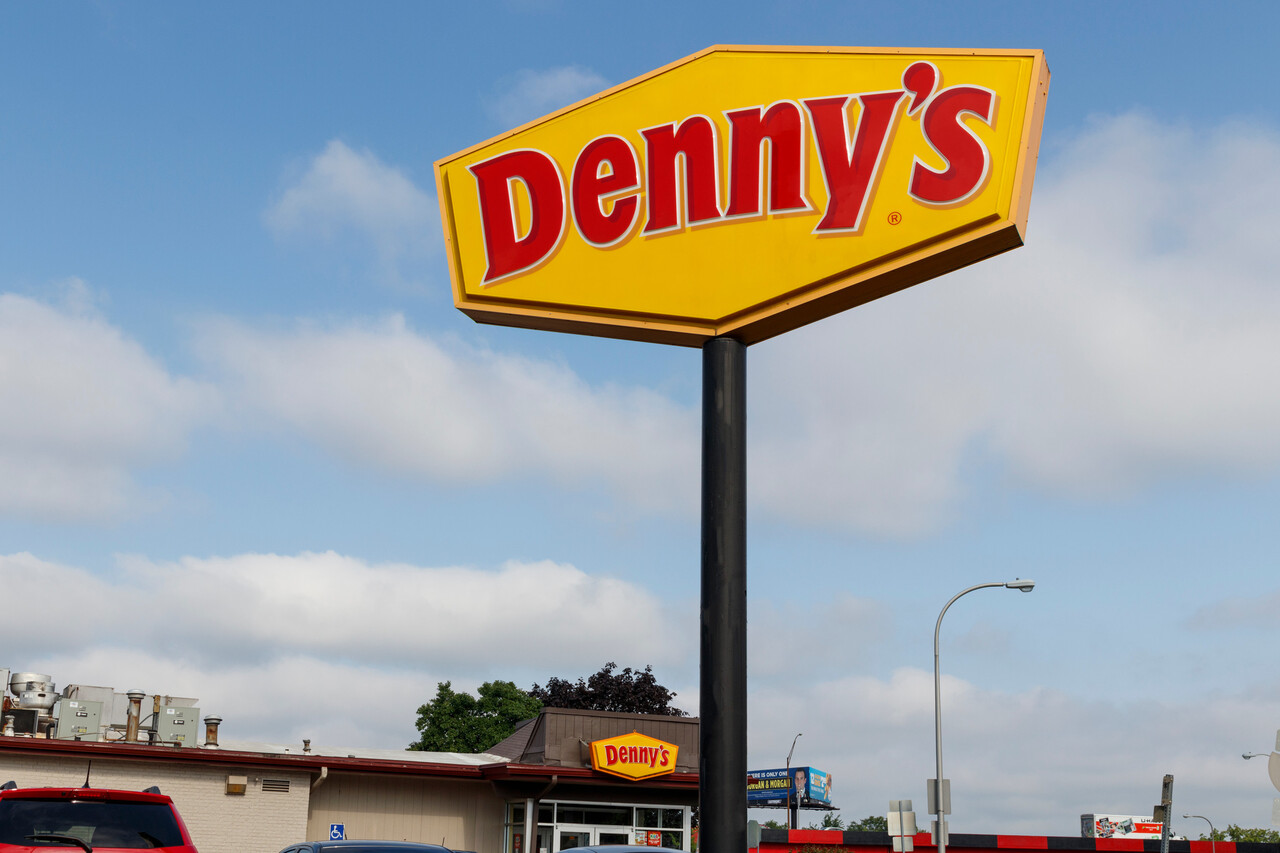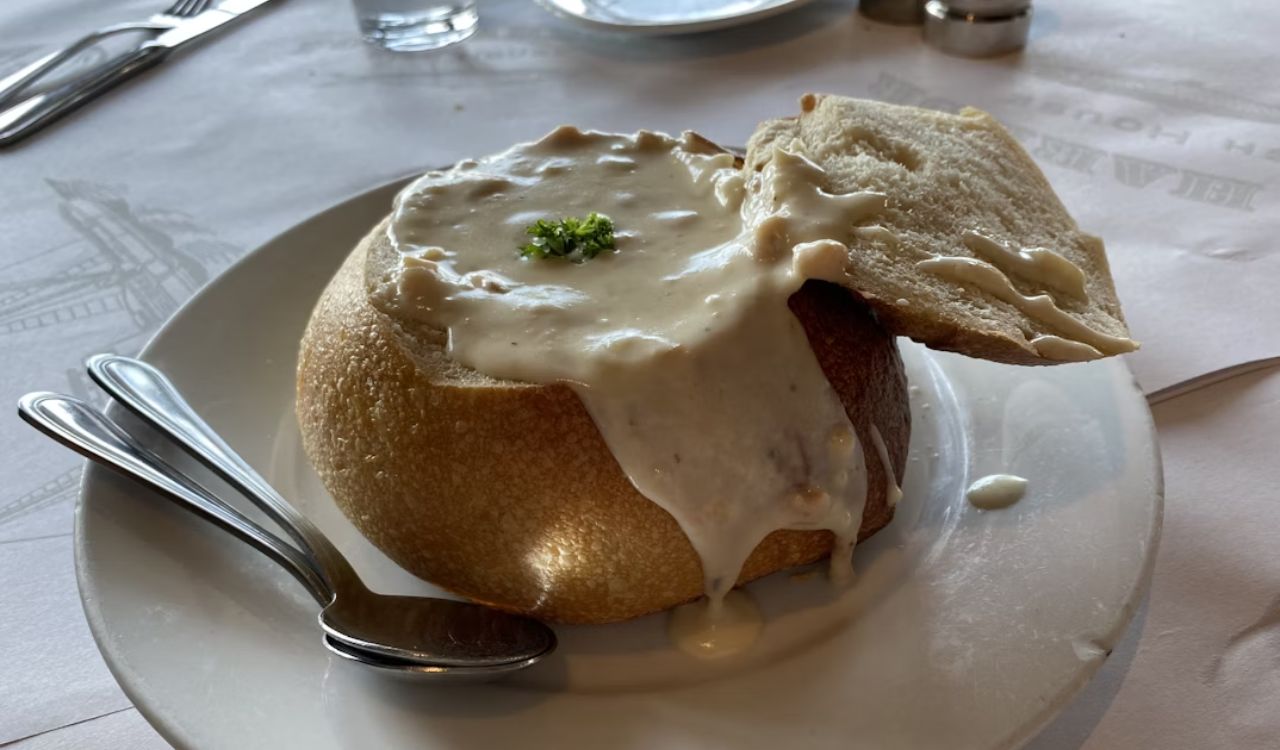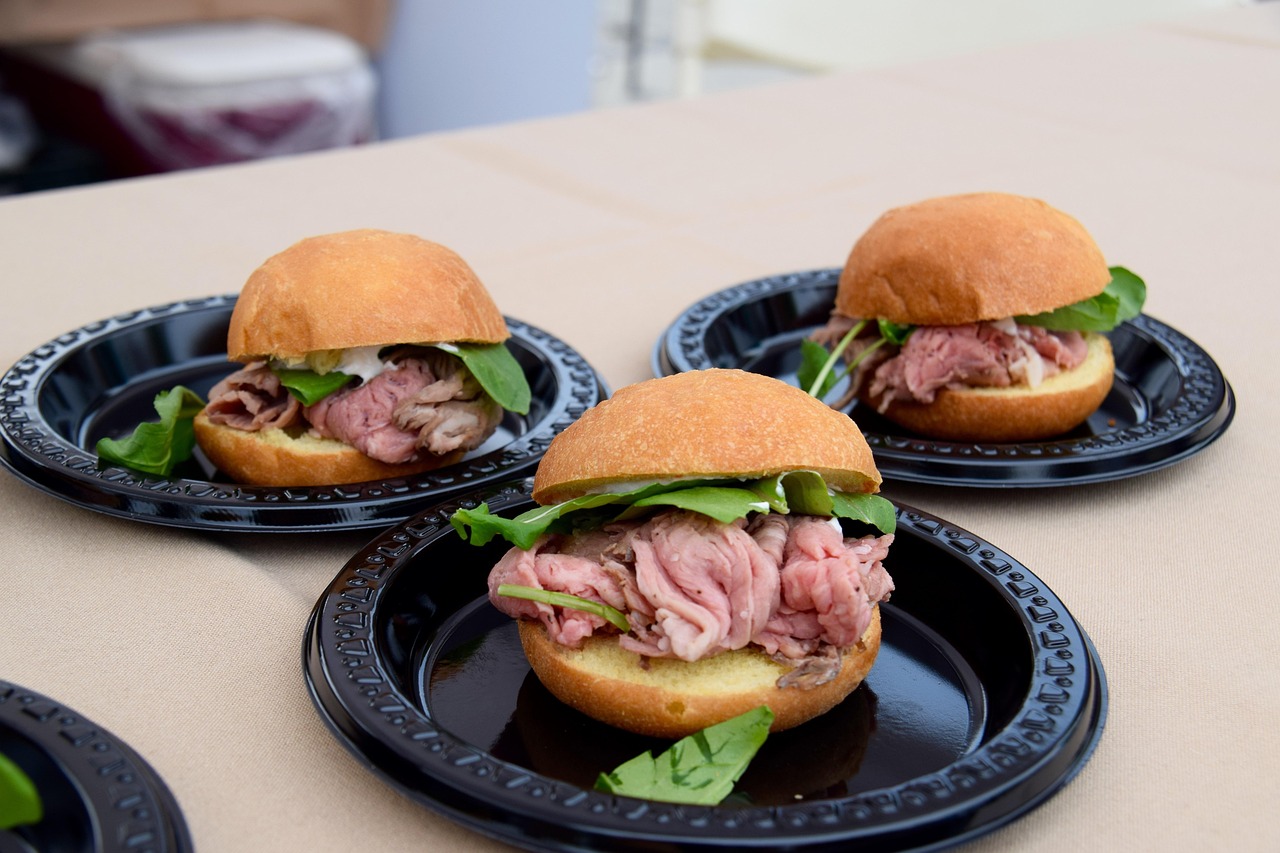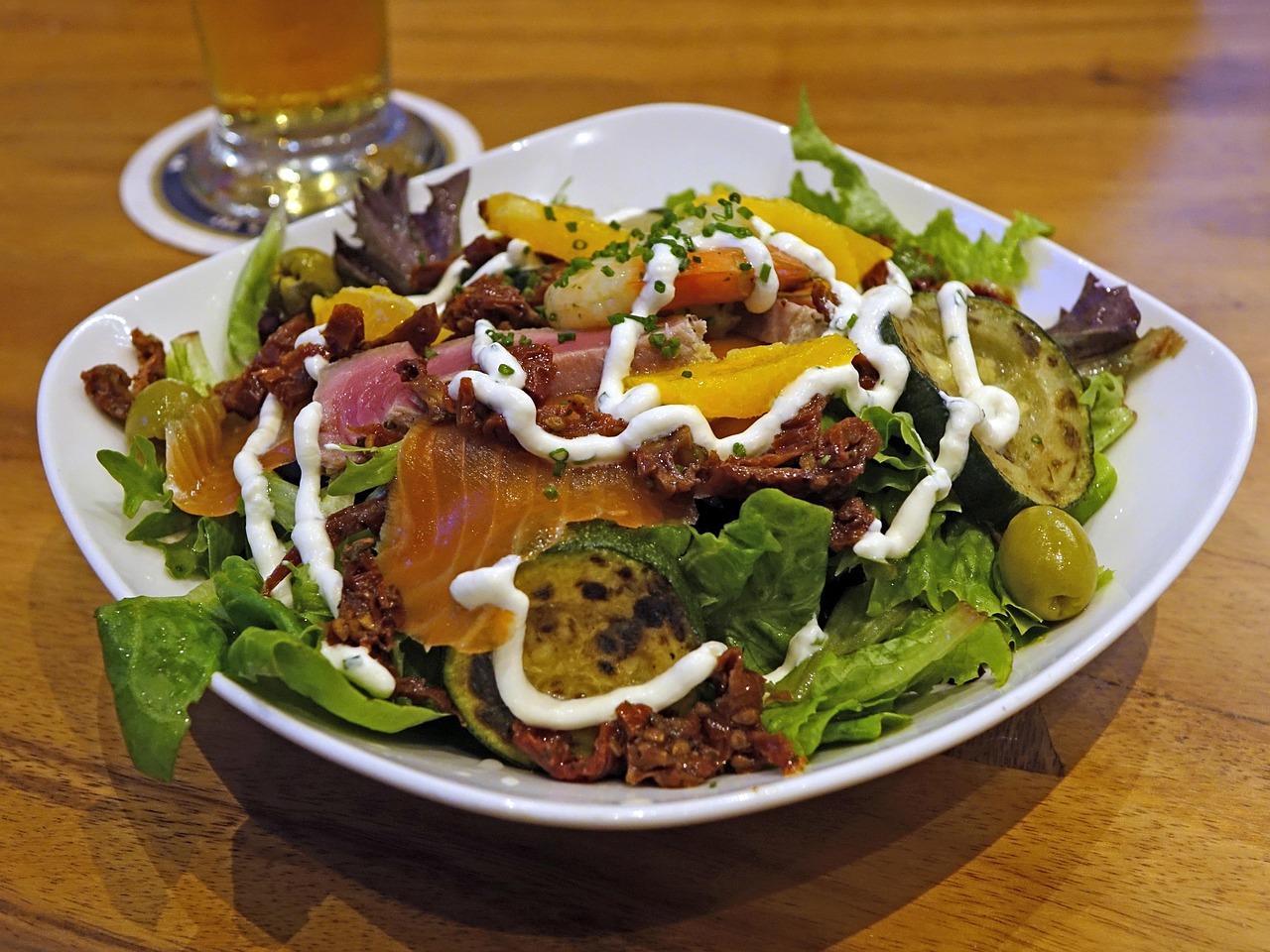Why Beer Can Split Ribs Are Becoming a St Louis BBQ Favorite
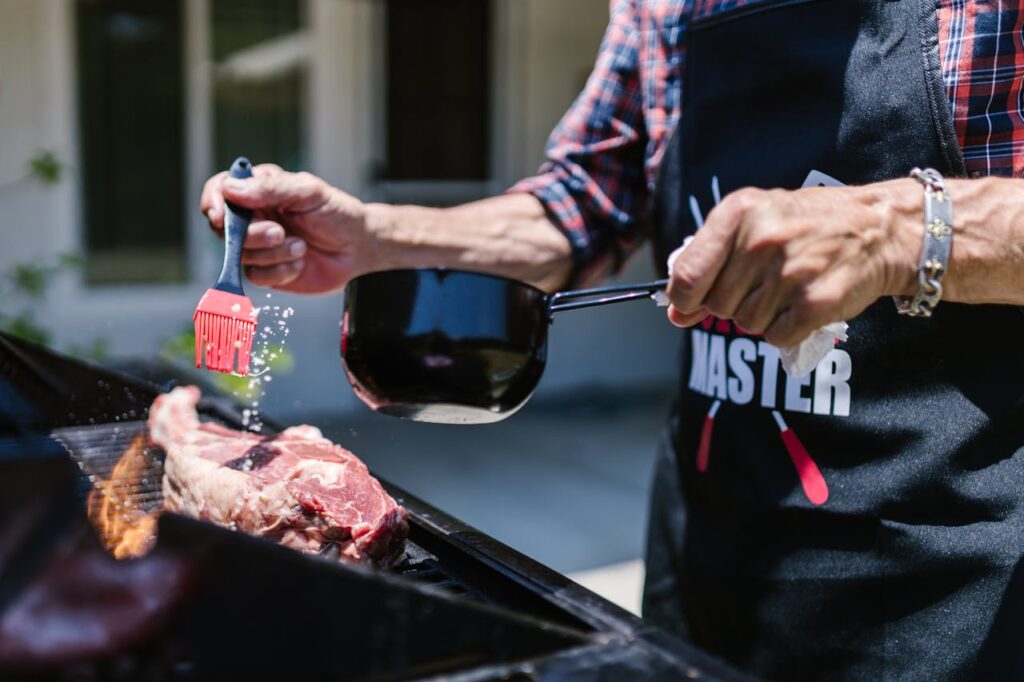
St. Louis has long claimed a spot on the barbecue map, thanks in part to its distinct rib style and regional flavor traditions. What we’re seeing now is a twist on that tradition: beer can split ribs. It’s not just a gimmick ; it’s a method that’s catching fire among pitmasters and enthusiasts alike.
Here’s the thing: combining the vertical “beer can” structure with the trimmed, flat profile of St. Louis ribs unlocks texture and flavor in new ways. It folds in moisture, smoke exposure, and presentation.
What’s driving the shift? Innovation in technique, the demand for something fresh in a crowded BBQ scene, and the visual spectacle of ribs standing tall. In this article, we’ll dissect why beer can split ribs are becoming a St. Louis favorite ; the how, the wow, and the real-world pros and cons.
Why Beer-Can Split Ribs Are Gaining Traction
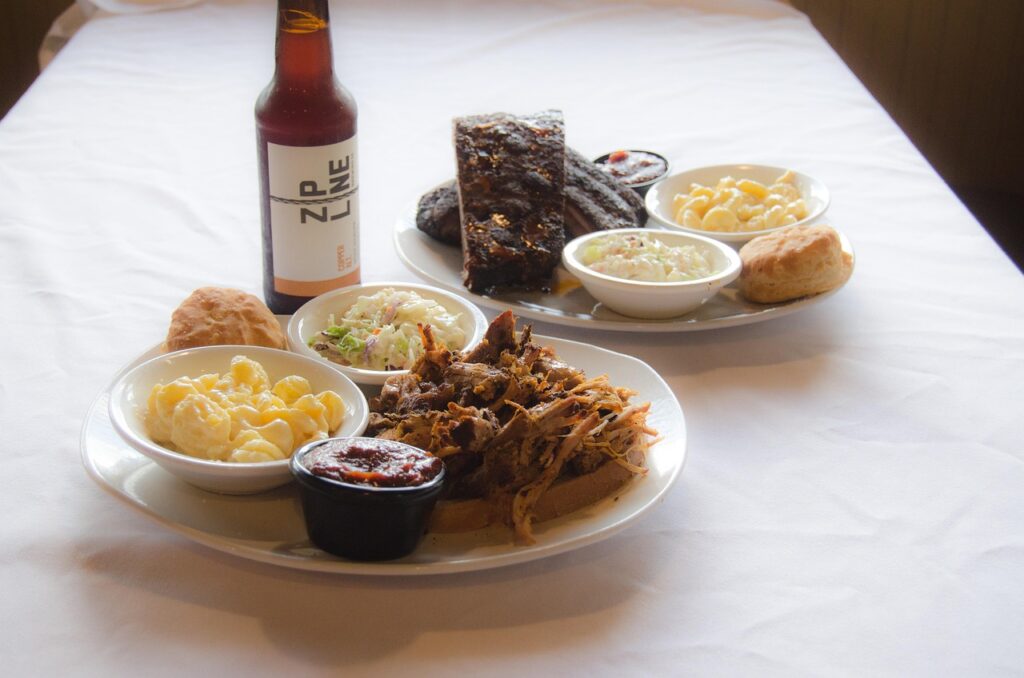
Let’s break down what’s fueling this sudden appeal.
A Fresh Take on Tradition
St. Louis–style ribs, with their trim and clean cut, have always offered a bridge between full spare ribs and baby backs. But beer can split ribs take that clean cut and give it verticality. This reimagining appeals to those seeking novelty without losing the core identity of St. Louis BBQ.
Moisture Meets Surface
The can at the core acts like a moisture reservoir and heat conduit. As liquid (beer, or a flavored mix) evaporates, it promotes internal humidity and helps stabilize cooking. The outer surface still gets exposed to smoke and heat that contrast matters.
Performance & Showmanship
In BBQ competition and social media, presentation matters. Beer can split ribs stand tall; they look dramatic. But it’s not just aesthetics — handling and slicing also change, making them an interesting challenge and conversation piece.
Anatomy & Technique
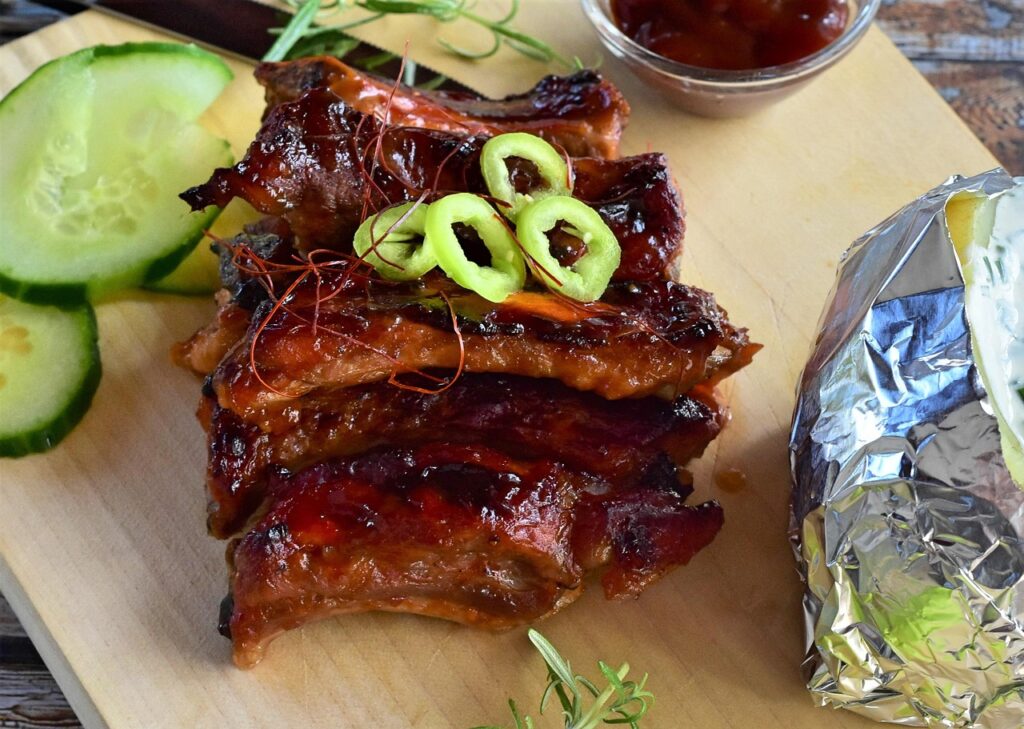
Before you light the coals, you’ve got to understand how the components come together.
What Makes a “Split Rib”?
St. Louis–style ribs are spare ribs trimmed of sternum bone and cartilage, leaving a rectangular rack. The “split” in beer can split ribs refers to dividing that trimmed rack (sometimes down the middle) so each half can be shaped around the can. In effect, you combine the lean, uniform structure of ST-Louis ribs with the vertical form factor.
Choosing the Right “Can” & Liquid
Not all cans work equally. Use a sturdy, food-safe can (often beer or soda) that can be partially filled with beer, broth, or a flavor blend. It must support the ribs and conduct heat you don’t want it collapsing or creating hot spots that overcook adjacent meat.
How to Assemble & Cook
You lay the split rib sections around the can, meat side out, tie them snugly, and place them on indirect heat. Over 2–4 hours (depending on size) you may top up the liquid, add fat (like butter), and let smoke and heat work in tandem. Pitmasters like Handzee employ this method in video demonstrations.
Advantages & Trade-Offs
No method is perfect. Here are what people are loving and griping about – with beer can split ribs.
Advantages
- Moisture retention: The internal vapor from the liquid helps keep meat juicy.
- Even cooking: The vertical layout exposes all surfaces relatively evenly to smoke and heat.
- Visual impact: They demand attention, whether in a BBQ competition or weekend grill.
- Flavor infusion: With a flavored liquid, you can introduce subtle notes of herbs, beer, or cider from inside out.
Trade-Offs & Challenges
- Removal & serving: Taking out the can without tearing meat demands delicate handling.
- Structural complexity: Wrapping, tying, and centering the ribs correctly takes practice.
- Risk of burning inner edges: If the can sets too hot, the ribs’ inner edges can char.
- Liquid doesn’t always penetrate deeply: Some argue the moat effect is minimal or cosmetic.
Tips for Success
- Monitor for flare-ups or hot spots, especially near the can’s base.
- Use a firm rack and trim it well so the rib halves bend around the can without stress.
- Pre-heat the can (with some liquid) before mounting the meat that reduces thermal shock.
- Tie securely but not so tight that you squeeze out juices.
- Top up the liquid early and often; don’t let it run dry.
Conclusion
Beer can split ribs may look like a novelty at first glance. But what it really offers is a smart blend: tradition reborn with performance and showmanship baked in. For pitmasters in St. Louis looking to refresh their repertoire, this is a method that delivers taste, texture, and visual flair — not just smoke. If you’re serious about BBQ, give it a spin. Play with the variables (liquid, rub, wood type), and see how it stands next to your favorite rib method.


